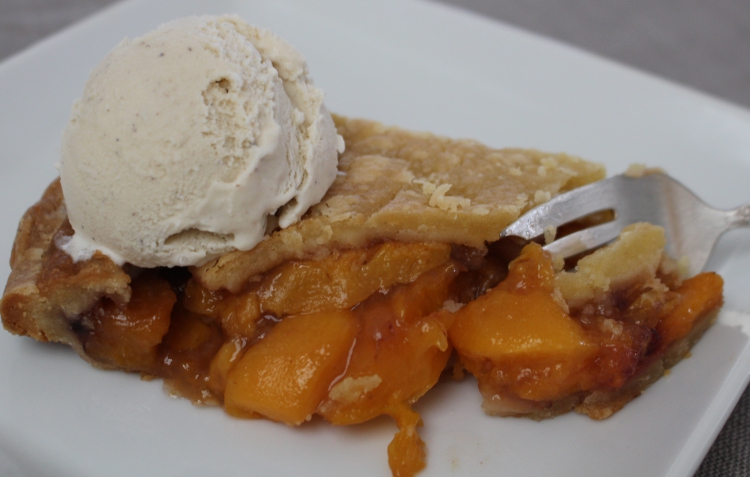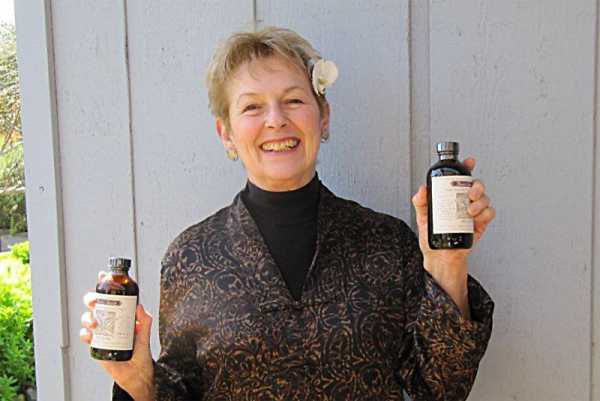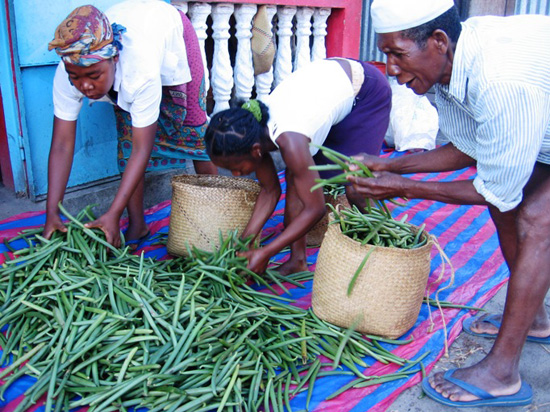
I'm amazed at how superior your vanilla is!
– Des, The Grommet
In the process of my Numi Pu’erh tea blogging challenge I have become quite interested in pu’erh, not just because it tastes good, but because it comes from a very interesting part of the world that most of us in the West know little about.
Yunnan Province in Southwestern China, is the birthplace of pu’erh. It appears that there are few, if any, early records about pu’erh, but it has been around for at least 1500 years, as I mentioned in an earlier blog. This makes pu’erh a relative newcomer as tea has been a Chinese beverage for about 4000 years and consists of roughly 15,000 varieties! Hard to wrap my mind around a custom that old, especially as an American, where 200 years is considered a long time.
Yunnan province, in southern China, is a tropical region that borders Myanmar (Burma), Vietnam and Thailand in the south and Tibet in the northwest. It is a region filled with ethnic minorities, each with a unique history. The geographical closeness of these countries along with political shifts and warfare, have created an interesting cross-sharing of cultural customs. For instance, Thailand was not a tea-drinking country until refugee families fleeing war in Yunnan brought tea with them.
The tea growers of Yunnan are hill tribes who still live a traditional lifestyle. This is slowly changing as trekkers and visitors from China and other countries, including Westerners interested in China’s rich cultural history, increasingly come to the rural regions outside of Kunming and the reasonably modern city of Pu’erh, where its namesake continues to be sold.
In the wild, camellia sinensis, the variety of camellia from which tea comes, are trees; women climb the wild trees to harvest the small leaves. On modern tea plantations in other regions of China, the plants are grown and maintained as bushes about two-feet high.
In Yunnan the trees from which pu’erh come, are frequently 500 years old. There are some, though not many, as old as 1000 years. A few years ago a tree guessed to be 2500 years old was found in the tropical forest just north of Myanmar. What an amazing legacy — and gift — to have tea from ancient trees!
Some of the tribes that are integrally involved in tea growing and harvesting include the Aini, who refer to themselves as Aka, the Wa (also known as Little Wa), the Bulang, the Dai and the Jinuo. Interestingly, although the Aini and the Wa live within an hour’s walk from one another and are on friendly terms, they never intermarry. In fact, the traditional tribes co-exist peacefully, preferring to keep a respectful distance from the Han majority so that they can maintain their beliefs and lifestyle.
The hill tribes are extraordinary weavers and also do intricate embroidery. Their traditional clothing is exceptionally beautiful. Fortunately, there is now a greater awareness in China about the value of the ethnic minorities and the gifts they bring to the country as a whole. There are tours and treks to this area of China now and the purchase of the teas and textiles assist the traditional tribes in maintaining their cultural heritage.
David Kilburn, co-founder of the Tea Museum in China, has spent years visiting tea plantations and spending time with the hill tribes. Here are a few excerpts from his blog.
When a villager from the Aini people invites you home to drink some tea, he uses neither tea bags nor a tea pot. Quite likely, he will pick some leaves from a nearby tea tree, singe these in a fire, and then stuff them into a bamboo tube of water which he will boiled (sic) over the fire until the bamboo blacken from the heat. The result is an amazingly invigorating and refreshing drink!
Interestingly, elsewhere in Yunnan, there is a variety of Pu Erh made by packing the tea leaves tightly into bamboo tubes which are then roasted over a fire. When the bamboo itself starts to burn, the roasting is stopped and the cylinder of bamboo-flavoured Pu Erh is removed and allowed first to cool then to mature.
Among the Bulang people, it is common to pickle tea leaves almost like Kimchi. Fresh tea leaves are cooked in water and then packed tightly into bamboo tubes with salt, chili, and spices. The tubes are then sealed with clay and buried in the ground for about two months. The pickled tea is used as a gift for special occasions and also forms part of the tribe’s regular diet. The people of Myanmar also prepare a pickled tea in a similar way.
The Jinuo also make hot tea using tubes of bamboo, much like the Dai people. When I asked the Jinuo farmer how many cups of tea he drank in a day, he answered: “Ah, it is impossible to count such a large number!”
How is this relevant to those of us drinking pu’erh or, for that matter, any tea? I think it’s important that we know where the ingredients, foods and flavors we use come from, who grows them, and how these people live. The tropics are a remarkable part of our world. They are also very fragile. There are companies such as Numi Tea who are consciously purchasing organic and fair trade teas from regions such as Yunnan. By purchasing Numi Tea, you are assisting traditional cultures to care for and maintain a tea-growing heritage of great value. This is one small way we can each make a difference in the world: wise choices on our part help to support our planet.
I was given a small bottle of Rain’s Choice in a gift basket and I have been hooked ever since. The flavor makes all of my baking so much better! I will never use grocery store vanilla again!


© 2021. All Rights Reserved
Designed/Developed by Kat & Mouse